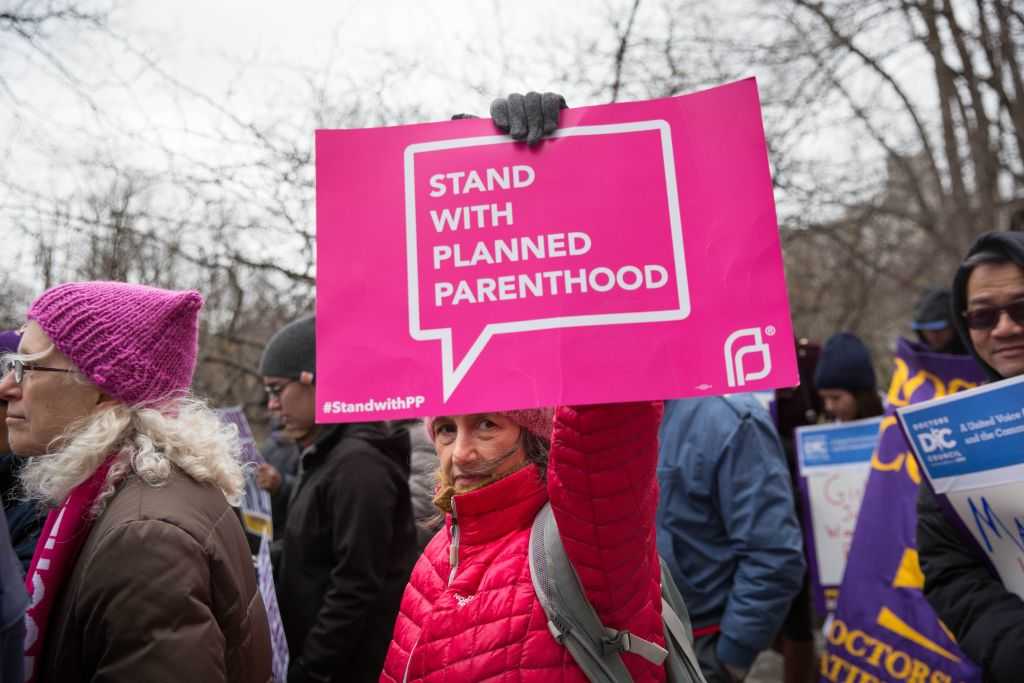Planned Parenthood facilities often paint themselves as typical healthcare centers, but there are often problems that go underreported in the mainstream media.
In Cincinnati, Ohio, a pregnant 20-year old woman to the hospital after she suffered from seizures while getting an abortion there. The facility’s license had expired on May 31.
The incident occurred on the morning of July 27. Both a fire unit and ambulance arrived on the scene to take the young woman to the nearest emergency room. This was the 26th medical emergency of 2017 so far. In contrast, there were 28 incidents in all of 2016, according to Operation Rescue.
Keeping in mind that the license had expired almost two months prior, the medical emergency could have been prevented. It also lacked a valid hospital transfer agreement, Operation Rescue noted, pointing out that it is “a requirement for licensing as an Ambulatory Surgical Facility in Ohio.”
While the Ohio Department of Health had initially tried to revoke the license, it ended up granting the facility a new license last year. The state had reasons to revoke the license, as Operation Rescue also pointed to a similar medical emergency there in 2015, as well as documents detailing other such incidents.
Several other states have passed similar laws requiring abortion facilities to have hospital transfer agreements, should such a medical emergency arise. Abortion advocates have fought these laws, including Planned Parenthood, which performs more abortions in the country than any other organization, claiming that abortion is a safe procedure, and that such laws are apparently unnecessary.
In June 2016, the U.S. Supreme Court struck down part of a series of pro-life Texas laws known as HB 2, including a law requiring such transfer agreements. In a 5-3 decision, the Court decided that the law posed an “undue burden” on women seeking an abortion, a standard from the 1992 Supreme Court case of Planned Parenthood v. Casey.
If the abortion procedure and industry were as safe as its advocates claim it to be, fates such as what the 20-year old young woman endured would not happen, and certainly not with such prevalence. It seems that the abortion industry wishes to regard itself as providing healthcare, but is unwilling to be held to the same standards as the rest of the medical industry.
What happened to this young woman, and 25 others, are just the ones that are known. There may, in fact, be more. Troy Newman, president of Operation Rescue, mentioned that “we know we don’t hear about every incident, so we know the number of women suffering life-threatening abortion complications is actually much higher.”


